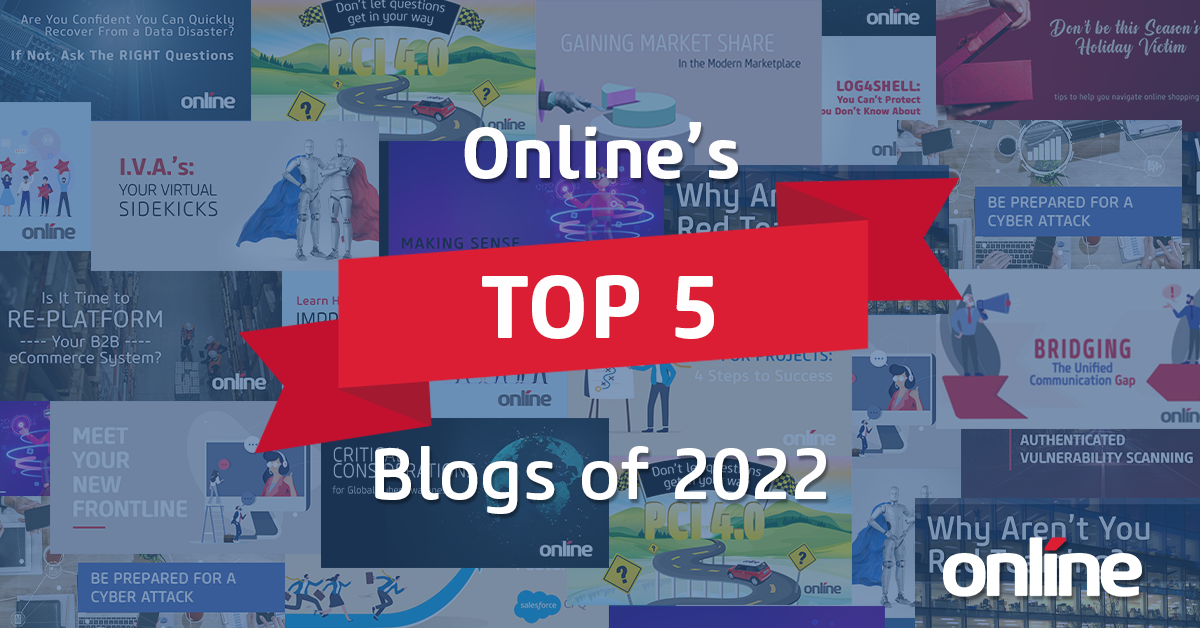“A Quantitative, analytic and evidence based approach is inhibited by the fact that

people are predominantly emotional decision makers” – Dr. Alan Duncan (Research Director at Gartner Consulting)
How do you want your customers to Feel?
Conversations around Feelings and Emotions in the era of Enterprise Technology often take a backseat to delivering on other universally accepted metrics, qualities, and standards.
After all, emotions are a flurry of abstractions of what go through our minds at any given time. They are wispy, invisible, and fleeting –and thus, cannot be measured, recorded, or acted upon. OR, can they?
Emotions, as invisible as they may be, play a fundamental role in our daily lives – they aid us in our daily decision-making, both in our personal lives and in the workplace.
As normal functioning members of society, we build relationships that stem from deep rooted emotional bonds with other individuals, our community at large, pets, and yes, even inanimate objects like the smartphone or computer you’re using right now. It’s what ties us to a larger, functioning, more organic community.
Enter, consumer applications.
We come to appreciate and value the various consumer products that we use in our daily lives not merely for their utilitarian purposes, but because of the positive emotional reactions they evoke. They help make our lives function easier, pass the time faster, nurture our thinking, educate us, satiate our curiosity, help us grow social bonds, make us feel secure, enrich our relationships, and even serve to entertain us. They are capable of delighting us on varying levels simply because they are designed with the end User in mind.
In effect, they are not just functional, but have social attributes and are also delightful to use. Being delightful, is a compelling quality we appreciate as users.
The advent of the smartphone has strengthened our bond with these very products as we rely on them more and more. Their pervasiveness, and easy access have only increased our levels of attachment to them. They even go so far as to trigger some degree of anxiety when we are separated from them. As a result they accompany us wherever we go.
Emotions are Big Business, according to Forrester Research.
With the blurring of lines between our personal and working lives, the consumer applications we use at home tend to seep into in our working environment. The reason for this growing trend is attributed to the fact that we simply are drawn to that which makes us feel effective, positive, confident, and empowered -regardless of the environment they have been designed for.
With the paradigm now shifting in favor of creating meaningful customer experiences, the enterprise world has a huge void to fill. The majority of the products we interact with at work somehow fail to deliver on qualities that our personal products do. The lack of which has a detrimental impact not only on the products we build, but also on employee and customer relationships, our productivity, the longevity of business and ultimately, our brand.
This prompts a number of questions: How can we infuse those similar qualities of consumer experiences into our enterprise world? Can those same qualities be replicated in B2B? If our consumer products make our personal lives easier and more enriching, does it not make sense to mirror that effect in our working lives?
Consumer mobile applications have introduced a new paradigm that the B2B world can learn to benefit from. Enterprise applications need to understand the context in which applications are utilized.
The first real step towards answering these glaring questions is to build on those dimensions of empathy, feedback, and acknowledgement. All of which are human qualities that influence and drive our decision-making process.
Emotionally rich products engage with their users in meaningful ways. They acknowledge users as human beings playing a role in the workings of an organization, mobilizing towards anticipated outcomes.
The Experience Economy.
Emotions steer experiences. There are multiple ways that designers and developers of Enterprise applications can tap into the emotions of their users. For starters, knowing what emotions to trigger and when, can leave a lasting impression of the experience.
According to Dr.Paul Eckman, renowned American psychologist, human emotions can be broadly categorized into the following:
- Sadness
- Surprise
- Anger
- Contempt
- Disgust
- Fear
- Happiness
For example, one can surmise that minimizing friction when onboarding a new user is a good measure of Happiness. That quality of a warm welcome can be attributed to a human acknowledgement. Which, in stark contrast to the cold, monolithic enterprise application of yesteryear, is a welcome change. Providing system messages and communicating in a human readable language, in a timely fashion, reducing low-level repetitive tasks are steps in the right direction.
Enterprise can learn to communicate with their customers in a way that creators of consumer products do, by keeping channels of communication and feedback bi-directional. By doing so, they can strive to increase engagement.
Don Norman, a cognitive scientist and usability engineer, in his seminal book Emotional Design, states that people process products on three levels: Visceral, Behavioral, and Reflective.
He goes on to say that “customers find aesthetically pleasing products more useful” - even if reality proved otherwise. Pulling a leaf from Apple’s playbook, it is easy to see how people are willing to pay a premium for a product they perceive as beautiful. However, to sustain a user’s engagement requires reinforcing positive emotions as they use the product. Which means, to always be learning, listening, and evolving to fit the evolving behaviors of users.
Moving forward, Emotionally.
The worker of today values autonomy, and the feelings associated with empowerment. The sooner the Enterprise world realizes this new reality, the better positioned they will be to deliver applications that people love to use in the context of their working environment.
Steps to bake positive emotions into your enterprise software applications:
- Think like your Product User, not merely a Product Owner.
- Focus on the totality of end-to-end experience delivery, and not merely the function. This requires a shift in cultural mindset to implement a new framework of designing deliberately for experiences.
- Understand what emotion you want your customers to experience at every step of the way, in every interaction, and with every product.
- Keep communication and feedback with your customers open and bidirectional. Listen and acknowledge. Find new ways to build an emotional connection with your customers through digital and offline channels.
So, How do YOU want YOUR customers to FEEL?
If you would like to learn more about Digital Experience at Online, feel free to leave a comment below or click here.
Sources
http://blogs.forrester.com/category/emotional_design
http://www.gartner.com/smarterwithgartner/getting-emotional-with-business-analytics/
https://www.amazon.ca/Emotional-Design-Love-Everyday-Things/dp/0465051367
https://www.wired.com/insights/2013/09/emotions-analytics-to-transform-human-machine-interaction/




Submit a Comment